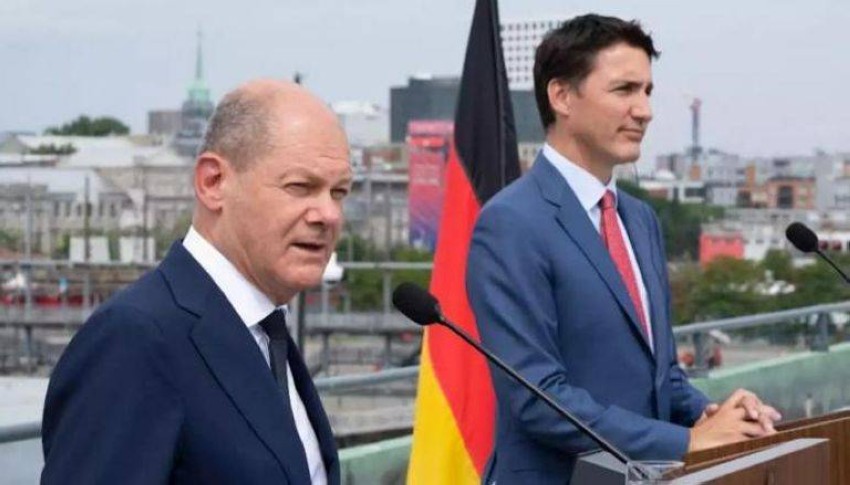During German Chancellor Olaf Scholz’s first visit to Canada, Germany and Canada inked a cooperation deal to manufacture and transport hydrogen.
The deal was signed by German Economy Minister Robert Habeck and Canadian Energy Minister Jonathan Wilkinson in the rural Newfoundland and Labrador town of Stephenville, in the presence of Schultz and Canadian Prime Minister Justin Trudeau.
“Today, our two nations can once again write technical and scientific history,” Schultz stated at an economic conference in Toronto, Canada, adding that this includes the usage of hydrogen and the manufacturing of ammonia from green power.
During his meeting with Canadian Prime Minister Justin Trudeau, Schulz stated that Canada has “almost unlimited potential to become a superpower in renewables and sustainable raw material production,” adding that “Germany, for its part, is ready to become one of your closest partners,” and that the best term to describe this relationship is “partnership.” He speculated that the dualism may be ‘kinship.’ ‘From above, Canadian and German nature and cities may appear different, yet on earth, we feel more at home in the other than in most other regions of the globe.’
Newfoundland is an ideal place for green hydrogen generation, a process that uses renewable energy, because there is a lot of wind and wide regions for power production in sparsely inhabited Newfoundland.
When hydrogen is utilised, no greenhouse gases are created. However, producing it necessitates dividing water into hydrogen and oxygen, which demands a significant amount of energy. This electrolysis is only deemed environmentally benign if it is powered by renewable energy, such as solar or wind energy.

